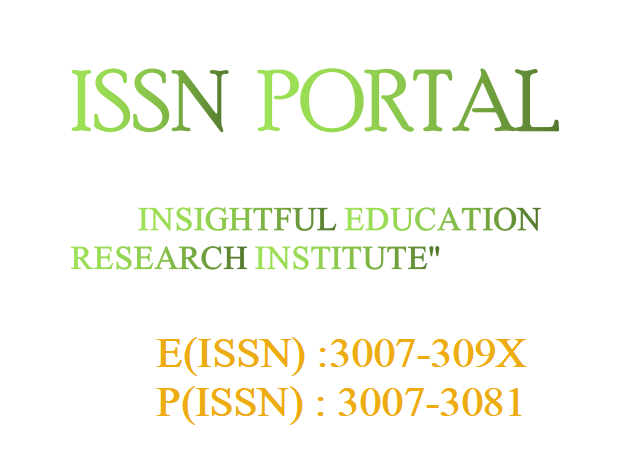CORRELATION OF Hba1C LEVELS WITH RETINAL CHANGES IN PATIENTS WITH DIABETIC RETINOPATHY
DOI:
https://doi.org/10.62019/7kj54z65Keywords:
Diabetic Retinopathy, Hba1c, Glycemic Control, Retinal Changes, Diabetes Mellitus, Vision LossAbstract
Background: Diabetic retinopathy (DR) is a leading cause of vision loss among individuals with diabetes mellitus. Glycated hemoglobin (HbA1c) is widely used as a biomarker for long-term glycemic control.
Objective: This study aimed to evaluate the correlation between HbA1c levels and the severity of retinal changes in patients with diabetic retinopathy.
Methods: This was a cross-sectional analytical study conducted at Jinnah Hospital Lahore from Oct 2024 to March 2025. A total of 187 patients with a confirmed diagnosis of diabetic retinopathy were enrolled in the study. Each participant underwent a detailed clinical examination, including medical history, duration of diabetes, and current treatment modalities. Fundus examination was performed using slit-lamp biomicroscopy with a 90D lens or indirect ophthalmoscopy.
Results: The mean age of participants was 56.8 ± 9.7 years, and the average duration of diabetes was 11.2 ± 4.6 years. The overall mean HbA1c was 9.1 ± 1.7%. A significant positive correlation was observed between HbA1c levels and DR severity (Pearson’s r = 0.614, p < 0.001). Mean HbA1c levels progressively increased with DR severity: 7.8 ± 1.2% in mild NPDR, 8.9 ± 1.3% in moderate NPDR, 9.6 ± 1.5% in severe NPDR, and 10.4 ± 1.6% in PDR (ANOVA F = 22.37, p < 0.001). Patients with diabetes duration >10 years had significantly higher HbA1c levels compared to those with ≤10 years (p = 0.002).
Conclusion: There is a significant correlation between poor glycemic control and the progression of diabetic retinopathy. HbA1c can serve as a reliable indicator not only for metabolic management but also for ophthalmologic risk assessment.







